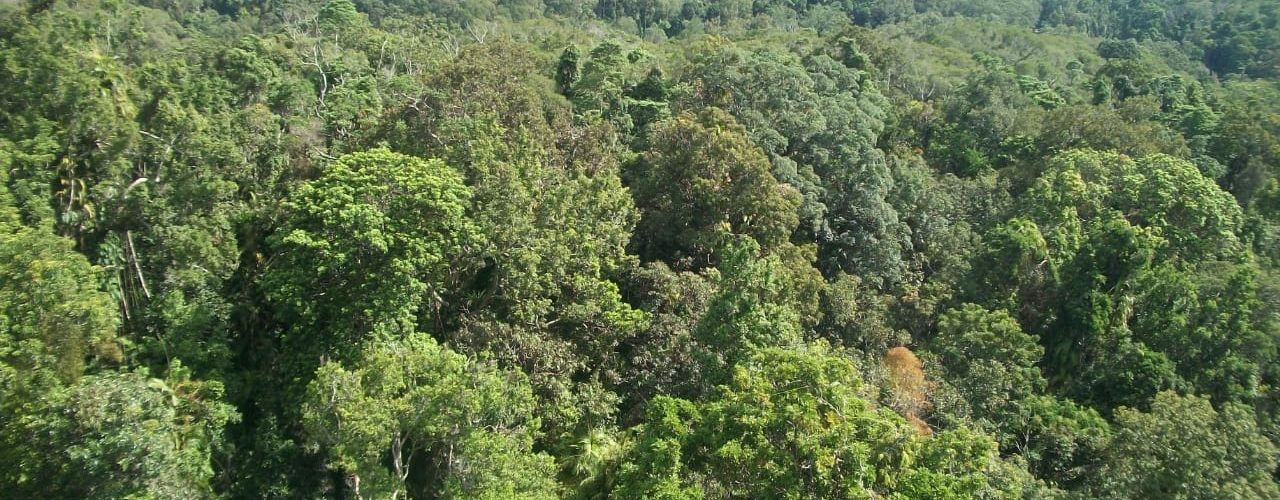Forest Survey of India (FSI), Dehradun, an organization under the Government of India Ministry of Environment, Forest and Climate Change, assesses forest cover biennially.
As per the India State of Forest Report (ISFR) 2021, the total forest cover of the country is 7,13,789 square kilometres showing an overall increase of 1540 square kilometres of forest cover at the national level as compared to the previous assessment i.e. ISFR 2019.
An increase in forest cover may be attributed to better conservation measures, restoration of degraded forest lands, implementation of afforestation programmes and tree plantation drives. The loss of forest cover in some States and Union Territory (UT) may be due to reasons such as natural calamities, anthropogenic pressure, shifting cultivation etc.
There are legal frameworks for the protection and management of the country’s forest and wildlife resources, which include the Indian Forest Act 1927, Van (Sanrakshan Evam Samvardhan) Adhiniyam 1980, Wildlife (Protection) Act 1972, and the State Forest Acts, Tree Preservation Acts and Rules, etc.
In addition, several schemes have been introduced to expand tree and forest cover and for the conservation of mangroves and wetlands in the country.
Primarily, the protection and management of forests and wildlife are the responsibility of the State Governments and Union Territory Administrations. They take appropriate actions under the provisions of legal frameworks, acts and rules.

As per the existing provisions of Van (Sanrakshan Evam Samvardhan) Adhiniyam, 1980, State Governments and Union Territory Administrations are required to ensure that the least number of trees are felled for developmental projects whilst prescribing necessary compensatory plantation as per the cases to address environmental concerns.
Further, the State Environment Impact Assessment Authority (SEIAA) gives Environmental Clearance as per provisions of the Environment Protection Act, 1986.
The instances of illegal logging, illegal deforestation, and wildlife offences as and when detected are cognized under the relevant Forest Acts and Wildlife Act and are proceeded against the offenders before the competent Court and competent authorities.
Endangered and rare species found in India, such as Tiger, Elephant, Snow Leopard, etc., have been listed in Schedule-I of the Wild Life (Protection) Act, 1972, providing them with the highest level of protection.
To conserve and protect endangered species and biodiversity, a network of Protected Areas (PAs) consisting of National Parks, Sanctuaries, Conservation Reserves, and Community Reserves, covering important wildlife habitats have been created in the country under the provisions of the Wild Life (Protection) Act, 1972.
Currently, this network has 106 National Parks, 573 Wildlife Sanctuaries, 123 Conservation Reserves, and 220 Community Reserves, covering an area of 1,78,640.69 sq .km.
The Ministry also supports the targeted efforts of the States and UTs in the conservation and protection of forests and wildlife, through its ongoing Centrally Sponsored Schemes (CSSs) such as Integrated Development of Wildlife Habitats, Project Tiger and Elephant, Forest Fire Prevention and Management, Green India Mission, Nagar Van Yojana, as well as through the Compensatory Afforestation Fund Management and Planning Authority (CAMPA) funds.
The CAMPA funds are utilised for compensating the loss of forest land and ecosystem services by raising compensatory afforestation, improving the quality of forests through assisted natural regeneration, enrichment of biodiversity, improvement of wildlife habitat, control of forest fire, forest protection and soil and water conservation measures.
CAMPA also supports the creation of nurseries for the multiplication of quality planting material of locally suitable plant species. The monitoring and evaluation of CAMPA activities are provided in the Compensatory Afforestation Fund (CAF Act), 2016.
The Government of India Ministry also sanctions the scheme-specific activities through the Annual Plan of Operations submitted by the States and UTs for the respective financial years.




Add comment